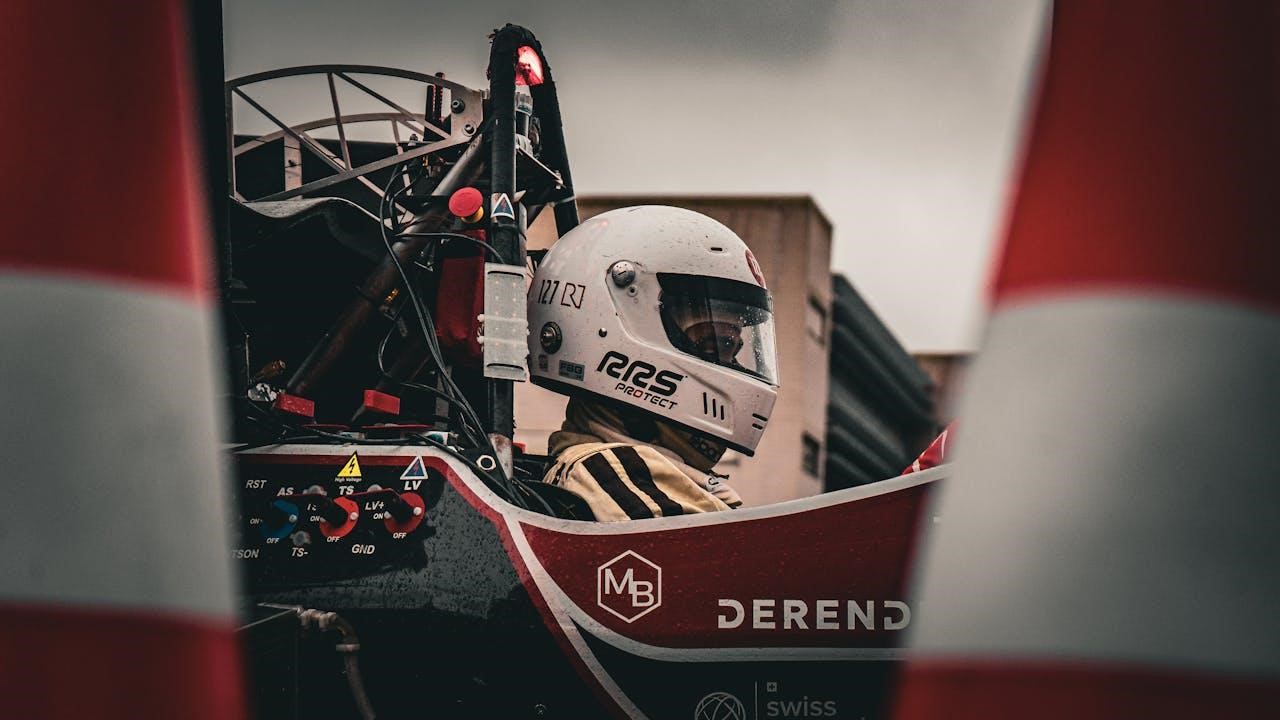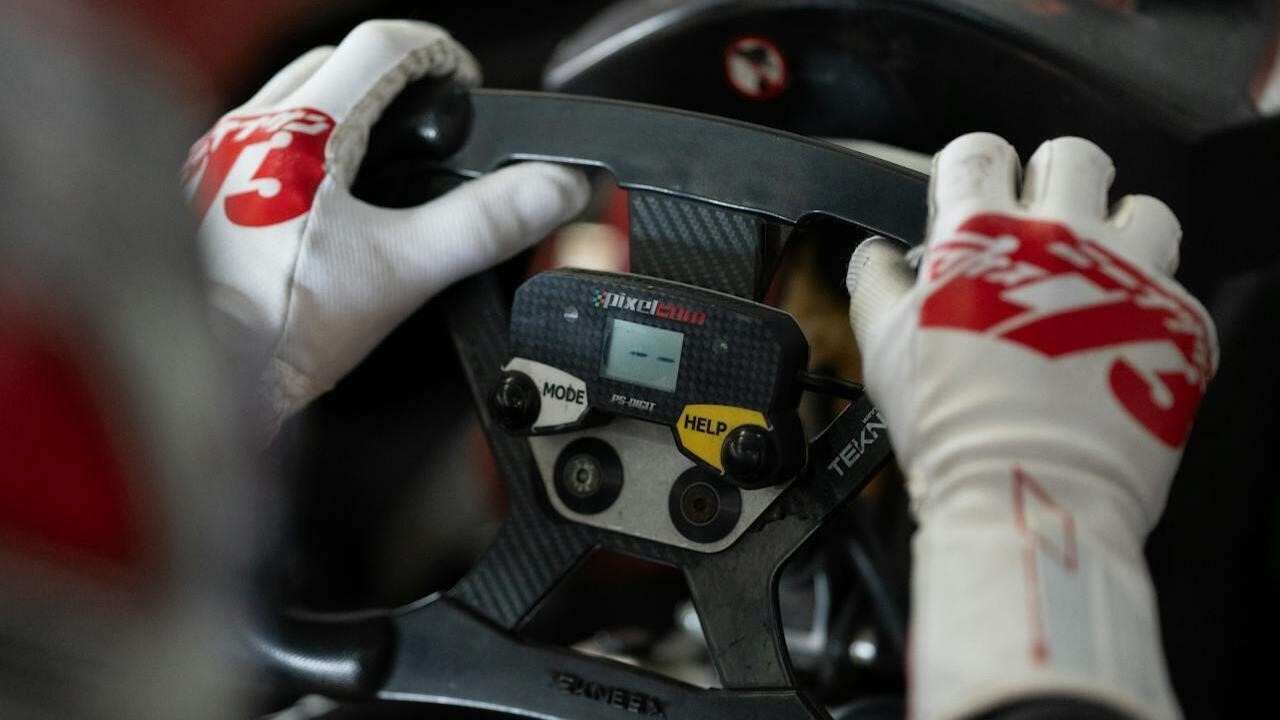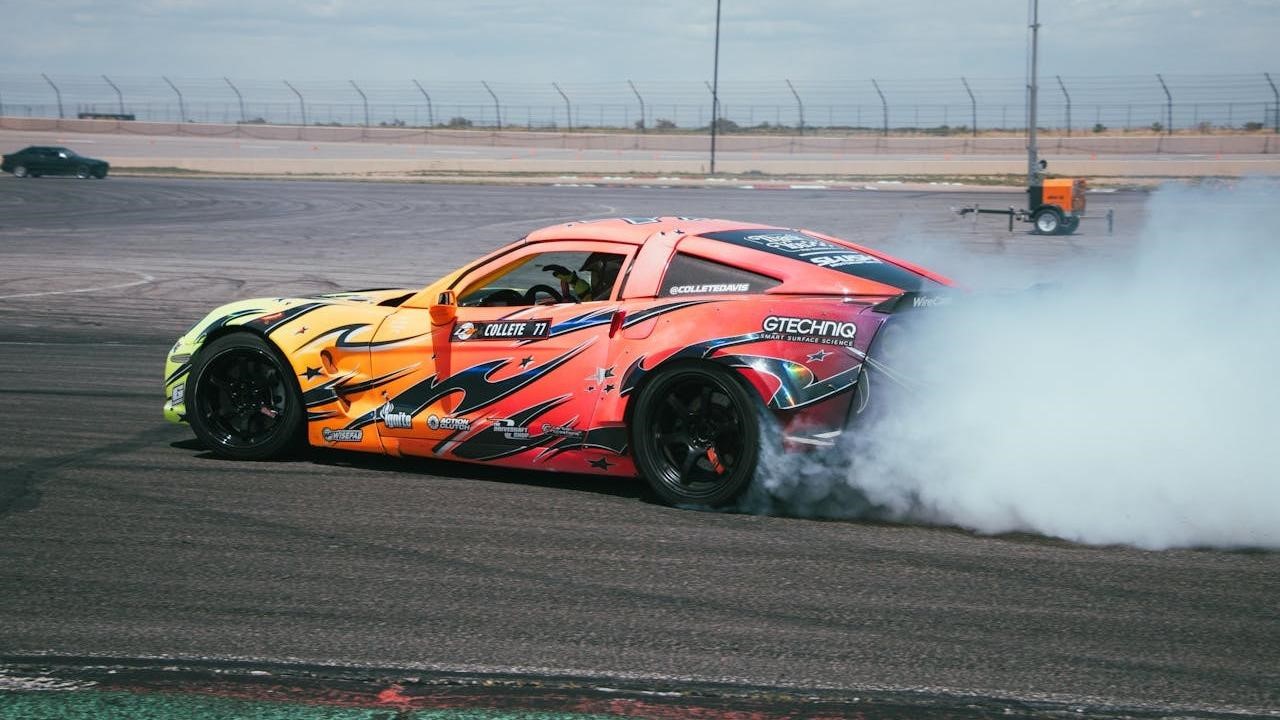Race Day Rituals: What Canadian Drivers Do Before the Flag Drops
Race days in Canada have an electric vibe for both spectators and drivers. The tension becomes palpable as fans pack the stands and teams start to move. Most drivers follow race day rituals before the green flag.
Racers wait with bated breath to fire up their engines, knowing that each move can make or break their win. However, for drivers, the race prep starts long before the flag drops, with daily rituals rooted in discipline and superstition.
In the meantime, thrill-seeking fans take digital breaks on platforms like Villento Casino Canada and similar ones to ease the tension but build the thrill. For both players and racers, it’s all about getting in the zone. The expert team at CasinoOnlineCA explores their road to success—what Canadian drivers do before hitting the track: from warm-up, eating habits, luck-evoking rituals to mental strategies tuned to winning.
Morning Rituals: Rise and Race!
Race day starts early for Canadian drivers. Wake-up times can vary, but most are up before sunrise, easing into the day without feeling rushed. Mornings usually begin with a light breakfast, followed by a quick run through the day’s schedule with their team.
Many drivers include some light stretching or cardio in their routine. A short jog, a few yoga poses, or even jumping jacks help shake off stiffness and get the blood flowing. It’s not about heavy training, but doing it enough to feel alert and ready.
Before heading to the track, some drivers like to go through the basic gear checks. They might inspect the suit and helmet, gloves, or boots to make sure everything feels right. Even though pro teams handle most technical work, this personal checking gives drivers a sense of control and helps them focus on the hours ahead.
Exercise: Blood-Racing Before the Race
Race drivers don’t just jump into the car but follow a precise warm-up routine to activate key muscles and sharpen their reflexes. They usually start with a dynamic neck warm-up, essential for handling high G-forces. The fastest among them can experience a rotational and break force of up to 5Gs, which means a force equal to five times the driver’s body weight.
Racers also need to engage their core muscles with standing twists and short planks — these boost stability during high-speed cornering. Moreover, hand and forearm exercises like grip squeezes and wrist circles prevent stiffness for precise steering control. Leg drills are also common: bodyweight squats, calf raises, and foot taps. All these are essential for rapid braking and acceleration.
Before the action starts, the driver’s reaction time gets a last boost with ball-drop catches or visual tracking drills. Unlike gym sessions, pre-race prep is focused on stretching and activating the muscles, not exhausting them.

The Fuel Behind the Wheel: Winner’s Nutrition
Race cars need good fueling to run, and so do drivers. Elite competitors follow strict nutrition and hydration plans to peak their performance, especially when endurance racing, as fatigue can lead to costly mistakes. So, during the hours before a race, drivers focus on high-energy, easily digestible meals like oatmeal with bananas, grilled chicken with rice or nutrient-packed smoothies. The goal is to obtain steady energy without causing sluggishness. The food items usually avoided are heavy fats, dairy, or excessive fibre-containing meals. For example, Lewis Hamilton is on a vegan diet, which helps him to stay sharp behind the wheel.
Pre-race drinks are as critical as food. It’s common knowledge that dehydration can impair reaction times by up to 10%, so hydrating for drivers usually means electrolyte-enhanced beverages. During the race, they take frequent sips through built-in hydration systems to avoid dehydration without overloading the stomach. During races like the infamous Singapore Grand Prix, drivers can lose up to 3 litres of sweat, so electrolyte replacement is a non-negotiable part of their strategy.
Some drivers use targeted supplements like caffeine or branded chain amino acids to delay muscle fatigue. The goal stays the same — maxing out performance without compromising safety or focus.
Inside the Helmet: Getting Into a Track-Locked Focus
Staying mentally focused on the track is as essential as tuning the engine you will drive. To achieve this, drivers often benefit from some quiet time right before the race starts. In the silence, they run through mental checklists or visualize the track in detail — every corner, turn, shift, and brake point.
Some use breathing work or short meditations to steady their nerves and block distractions. Others rely on routines to get into the right headspace. One common technique is repeating mantras or cue words that help maintain focus under pressure. A few keep journals to jot down goals or reflect on previous races, using that as a tool to reset and stay grounded.
“True mastery isn’t just about skill; focus plays a big role. Mental strength is often what separates a talented competitor from a relentless winner. Whether you’re carving through a high-speed corner or racing on a straight line, mental clarity is your ultimate edge. It lets you read the game before it unfolds, react with surgical precision, and sidestep pitfalls that break others,” explains James Segrest, author and gambling expert at CasinoOnlineCA.
“In racing, a split-second lapse can cost you the podium. In gambling, a single emotional decision can wipe out your bankroll. Both demand the same iron discipline: patience to wait for the right moment and the nerve to strike when it counts,“ Segrest adds.

Calling Lady Luck: Superstition Preps
Canadian drivers, like many athletes, have their quirks when it comes to pre-race rituals. Many develop personal lucky habits, use borrowed traditions, and a few cultivate behaviors that are just plain odd. All these serve the same purpose — boosting readiness and luck before entering the racing track.
Even though some racers like James Hinchcliffe are not known to follow any specific ritual for luck but rely solely on their all-or-nothing driving style, many others do.
Lance Stroll, for example, once joined in on the “shoey” celebration — the charming tradition of drinking champagne from a race-worn shoe. He gave it a shot after landing a podium but later admitted it wasn’t something he planned to repeat. Then, there’s the case of the Australian racer Alan Jones, who wore a lucky red underwear every time he raced.
Obviously, it’s common to find drivers clinging to lucky socks, amulets, favourite shirts, or even a set of routines before every race. While these habits might not be unique to Canadians, they show that even the toughest drivers have their ways of getting in the zone.
Robert Schumacher famously insisted on putting his right glove first and racing under odd numbers. Some drivers refuse to step on white lines in the paddock, and others, like the legendary Stefano Modena, always entered the car from the same side. These habits may seem trivial, but in a high-pressure sport where confidence is everything, even small rituals can become sacred.
Rituals Built for High Speed
Resisting and mastering the physical and mental demands of racing requires rigorous routine, discipline, and a bit of luck. Pre-race rituals, both the scientifically proven and the psychologically comforting, create the recipe for peak performance under enormous pressure. What seals the deal are exercises that build endurance and reaction times, as well as energy-packed, hydrating nutrition. Mental focus and energy keep the driver’s body as finely tuned as the machine they pilot.
When engines start to rumble, Canadian racing fans also do their own thing — racing rituals and traditions. Some wear lucky shirts and socks, others gather in the same spots, and many bet the same bets on the same website. Even though luck plays a part in racing, the end score usually results from getting race-ready with consistent focus, training, and the help of technologically advanced gear.
